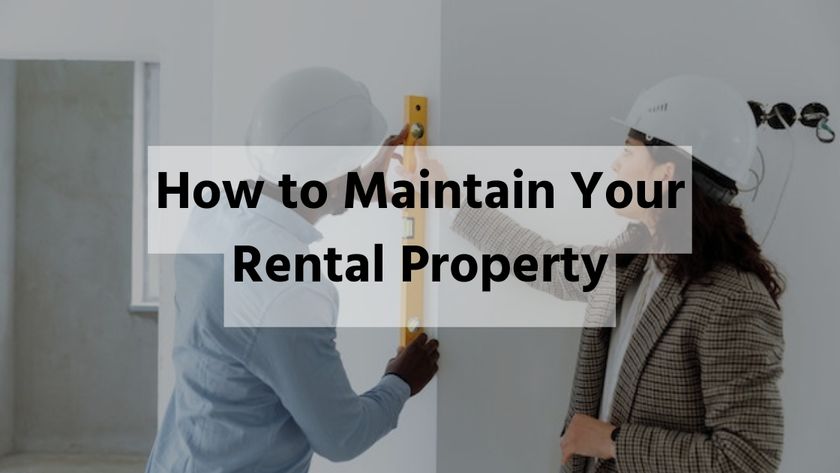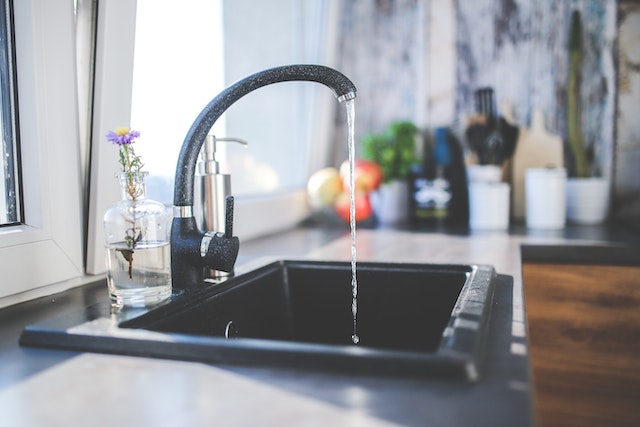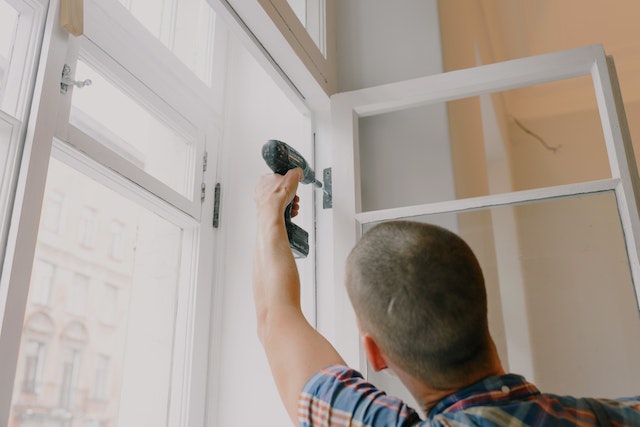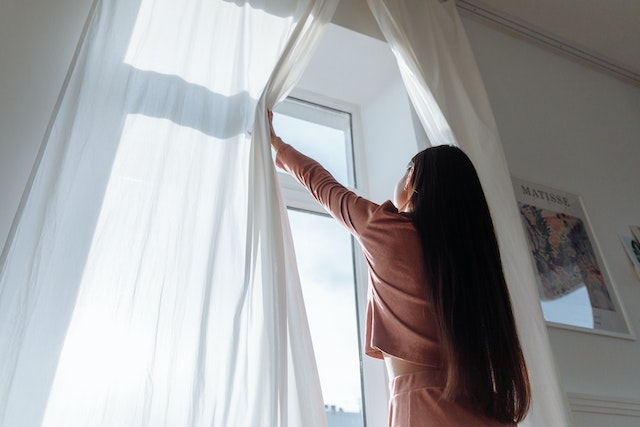How to Maintain Your Rental Property

California landlords should regularly maintain their rental properties for multiple reasons. It keeps the properties attractive to prospective and long-term tenants; it prevents small issues from becoming serious and costly in the long run; and it helps landlords abide by relevant safety and health codes.
To be a successful landlord, it’s important to familiarize yourself with laws regarding rental maintenance. In this blog, you’ll learn what responsibilities both you and your tenant have when it comes to rental maintenance in California.
What Maintenance Responsibilities Do Landlords in California Have?
State and local laws may require landlords to perform certain tasks when it comes to rental maintenance. In general, the following are some of the things you need to know when renting out a property in California.
Provide Your Tenant with Proper Garbage Receptacles
You need to provide your tenant with trash bins in which they can dispose of their garbage. The size and number of the trash receptacles must meet the renter’s needs.
Depending on your specific location, local law may also require that the trash bins have some sort of enclosure around them.
Provide Your Tenant with Running Cold and Hot Water
Landlords must ensure their tenants have access to clean, running water within the rented property. This includes having access to a shower, a sink, and a functioning toilet.

Provide Your Tenant with a Safe and Healthy Environment
Ensure that your property abides by relevant safety and health codes. Among other things, you must ensure that your property has:
- A working carbon monoxide detector
- Working smoke detectors
- Storage areas, such as basements and garages, free of combustible materials
- Usable, safe, and clean fire exits
- Safe and anti-slippery floors
- Safe railings and stairs
- Working sanitation facilities, including the toilet and shower
- Working gas lines, if available, for cooking and utilities
- Working electrical and plumbing systems
- A working heating, ventilating, and air conditioning system
In addition to these, landlords must disclose to tenants if the space contains any lead-based paint, known mold, pest control, or possible drug contamination.
Keep Common Areas Clean
Landlords must also provide clean common areas for their tenants. Common areas may include areas such as hallways, parking lots, stairwells, and exterior walkways.
In addition to ensuring they’re clean, landlords must ensure they’re safe for tenants’ use. Landlords must, for instance, fix any flooring that could become a tripping hazard.
Make Requested Repairs within a Reasonable Time
In California, landlords are required to make necessary repairs within 30 days after proper notification from a tenant. If the damage was caused by the tenant’s negligence or abuse, you can hold them liable for the repair costs.

What Maintenance Responsibilities Do Tenants Have in California?
Tenants, too, have certain legal responsibilities under state and local rental laws. These are some of them.
Dispose of the Garbage Properly
While landlords have a responsibility to provide sufficient trash receptacles, it’s the tenant’s responsibility to ensure they properly dispose of their garbage. Letting trash pile up can create health issues, so it’s important that tenants do their part.
Maintain a Safe and Healthy Environment
As a landlord, it’s your responsibility to ensure that tenants have a safe and reliable exit in case of an emergency. On the tenant’s part, they have a responsibility to keep the exits clear and safe to use. It’s also their responsibility to replace smoke detector batteries.
Abide by Building and Housing Codes
Tenants must follow certain building and housing laws and regulations. The standard occupancy limit in California is two people per bedroom, though some cities may also have restrictions based on square footage.
The landlord should let the tenant know that sneaking in additional people is a serious lease violation and that exceeding a property’s occupancy limit comes with certain liabilities. Not only is it a fire and safety issue, but the property is bound to experience more wear and tear, and the utility bills are likely to hike.

Prevent the Growth of Mold
As a landlord, you have a responsibility to provide your tenant with a property that’s free of mold. However, from that point onwards, it becomes the tenant’s responsibility to prevent mold growth.
They should prevent excess moisture from accumulating on the property, which may mean doing the following.
- Always keeping the fan on in the bathroom while showering
- Drying wet areas immediately
- Shutting doors and windows when the AC is on
- Eliminating clutter from the property
- Reporting any signs of mold growth to the landlord within a reasonable time
Not Disturbing Lead Paint Hazards
As a landlord, you must disclose the use of lead-based paint on the unit to the tenant. This specifically applies to landlords renting out units built before 1978.
On the tenant’s part, they have a responsibility to ensure they seek your permission before completing any changes that could disturb the paint, such as repainting the unit or drilling into a wall.
Not Cause Damage to the Property
While normal wear and tear is to be expected, damage isn’t. The tenant has a responsibility to return the unit to you in the same condition they found it in.
Examples of unacceptable damages you can hold the tenant liable for at the end of the tenancy include:
- Missing tiles
- Torn or burnt carpets
- A smashed bathroom mirror
- A torn curtain or blind
- A missing door or window

Bottom Line
As a landlord, it’s important to understand your basic maintenance responsibilities when renting out a property.
For expert rental maintenance or overall property management, look no further than IPM Property Management. We’re a professional property management company in Chico, CA. Get in touch to learn more!
